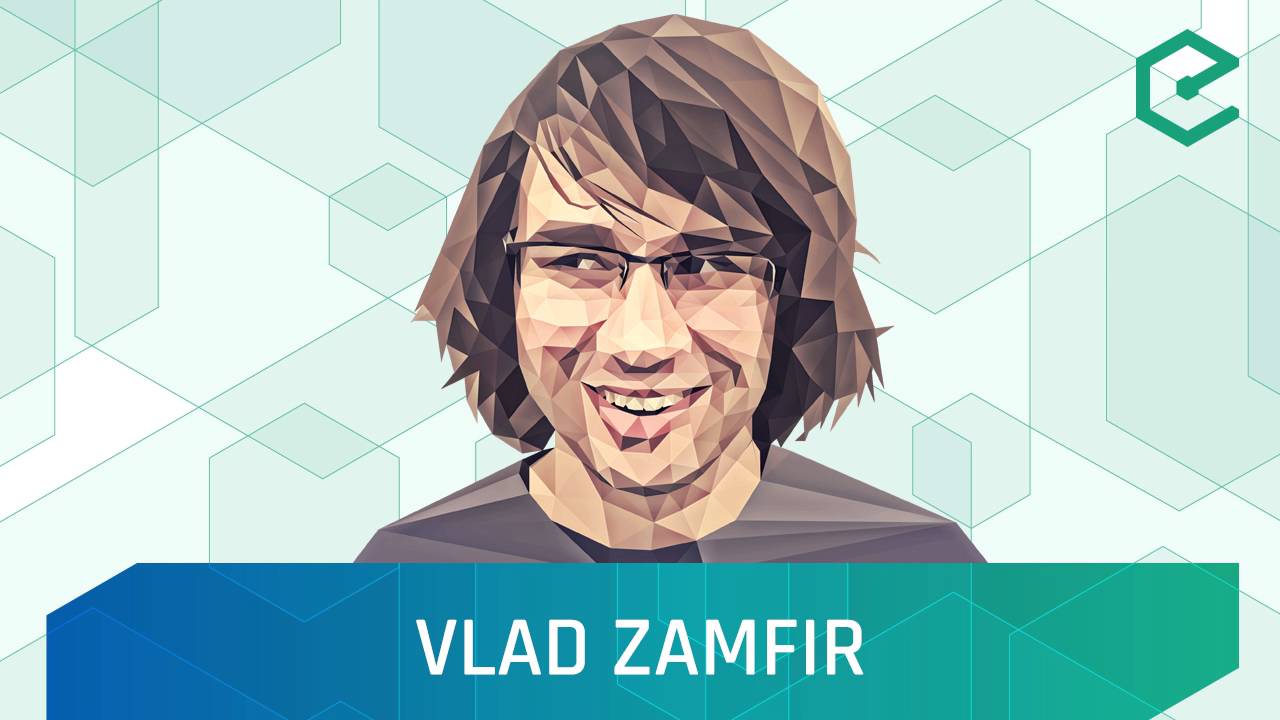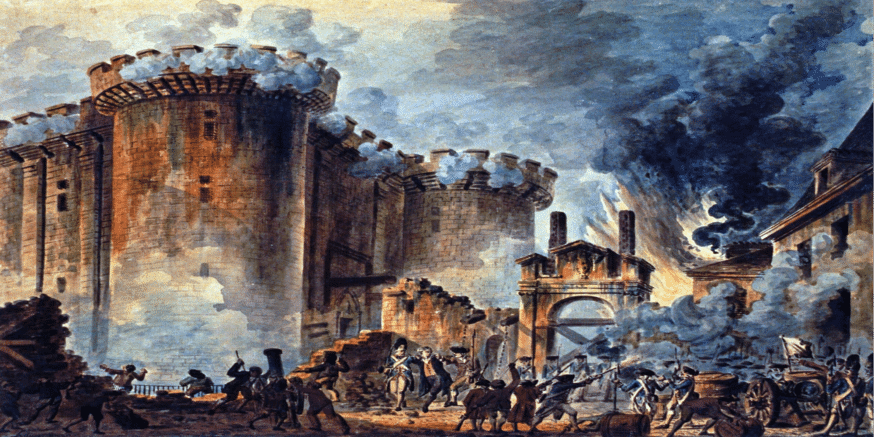While decentralization may seem to be a current trend, the French political activists were doing it all the way back in the 19th century. In those days, it was disenchantment with centralized governments and the monarchy that created a backlash. The current rise of crypto came out of disillusionment with banks and governments following the financial meltdown of 2008. However, the problems of managing decentralization have not changed much since the 1800s. There is an old quandary plaguing the developer community. How do you manage decentralized blockchain governance at scale?
The Blockchain Governance Problem
At its essence, governance is a question of control over decision making. Human civilization has evolved such that we find ways of organizing ourselves. We must enable decisions that affect the collective, so we can bring order and rules to what would otherwise be anarchy and chaos (yes, it really would). So part of governance involves deciding who makes decisions – within governments, within companies, and within blockchain projects.
Of course, part of the spirit of pushing for decentralization is about putting power into the hands of the many, rather than the hands of the few. However, a decentralized system also needs to get things done and this requires protocols.
Getting Things Done in Blockchains
Blockchain and crypto projects have three main areas that require a decision-making blockchain governance to keep the blockchain itself running, developing, and remaining resistant to outside attacks. These areas are:
- Consensus mechanism – what drives the blockchain itself forward, e.g. Proof of Work, Proof of Stake etc. There must be a protocol so that all nodes in the network can agree on the transactions added to the blockchain.
- Funding governance – where should funds be directed within the project?
- Project governance – pretty much everything else involving changes to the project.
[thrive_leads id=’5219′]
The Need to Scale
Companies grow in size when there is a bigger market for the goods or services they are selling. They scale up to provide more of their products to more people. Blockchain projects are no different.
Traditional companies have developed ways of making fast decisions by devolving power to a select few people. In an emergency, these few can take a quick decision and override the wishes of the rest of the individuals, if necessary. In this way, companies can grow to become multinational conglomerates employing hundreds of thousands. Everyday decision making may become slower for bigger companies. But overall, it works.
When Scaling Becomes the Problem
Blockchain networks must also cope with increased demand for services. To do that, the system may need more nodes, which means more people involved. Adding more people spreads decision making power over a larger group. We all know the difficulty in choosing a restaurant when there are twelve friends in a party, as opposed to just two or three. Someone is always unhappy. Or a few people will gang up to pressure the rest of the group into a different decision.

We can see similar examples of what happens when a blockchain project community reaches a certain size, and members cannot agree on decisions. Community members cannot reach a consensus by simple majority when controversial changes are proposed. Blockchain governance fails.
This is currently the main reason why forks happen and create a “new” token as a result. This is what happened when Bitcoin community members proposed to change the block size, and Bitcoin Cash was formed. Ethereum Classic was formed when Ethereum forked away during the community split over the reversal of the DAO hack.
It’s not just disagreements that cause issues. If there are such a large number of members, and each can propose any change to the project, how can each member keep track of everything that’s going on across the whole project? How does each decision get the attention it needs? How do you avoid decision fatigue among members? And what do you do about silos and malicious parties who will influence votes?
On-Chain or Off-Chain Blockchain Governance? An Internal Debate
The blockchain developer community is well aware of these issues, and actively debating the best way to solve blockchain governance at scale. Part of the debate is whether or not to have governance programmed into the blockchain protocol itself. This would mean that one member could propose changes to the protocol. If voted through, those changes would automatically propagate through all nodes.
Fred Ehrsam, co-founder of Coinbase, published a blog post late in 2017 where he posed the problem of blockchain governance and came up with several models of governance as a series of proposals to solve the problem, including a discussion of on-chain governance.
Vlad Zamfir, principal architect of Ethereum’s proof of stake protocol, promptly shot back with his own blog post, outlining his belief about why on-chain governance is inherently dangerous. It was a thought-provoking piece. In it, he explained that it’s not possible at scale to ensure that all voting participants have interests aligned with the overall user base.

Of course, blockchain is immutable. Forcing a change through via code would make it irreversible. It could irreparably damage the community and thus the ongoing future of the project.
(In case of doubt, you can observe a non-blockchain example of this kind of irreversible voting-based meltdown right now. Just follow unfolding political news from most of the Western hemisphere).
So What Is the Answer?
Unfortunately, the answer is not yet clear. Despite the heated debates, the developer community seems united in its recognition that a solution is necessary in order for the future good of the technology itself. There are some projects out there that are proposing voting mechanisms within their own platforms and protocol. DAOStack is one. It proposes a system of holographic consensus, splitting voting parties up into groups to form a bottom-up voting protocol. Alongside this, voting members must use tokens to boost any proposal put forward for resolution, which prevents decision fatigue.
Another is Decred. This project aims to reduce or eliminate hard forks by using a hybrid proof of work/proof of stake consensus mechanism. Governance itself remains off-chain, hence avoiding the pitfalls highlighted by Vlad Zamfir in his blog post mentioned above.
Whether or not either of these solutions will solve the problem remains to be seen. There are also others under development. However, the developer community is attacking the problem of decentralized blockchain governance at scale with priority and passion. It’s clear that this may end up being the make-or-break of the future of blockchain technology.
You can watch Vlad Zamfir discussing the issues surrounding blockchain governance in the video below:
[youtube https://www.youtube.com/watch?v=9RtSod8EXn4]
Main Image Credit: Wikimedia Commons





